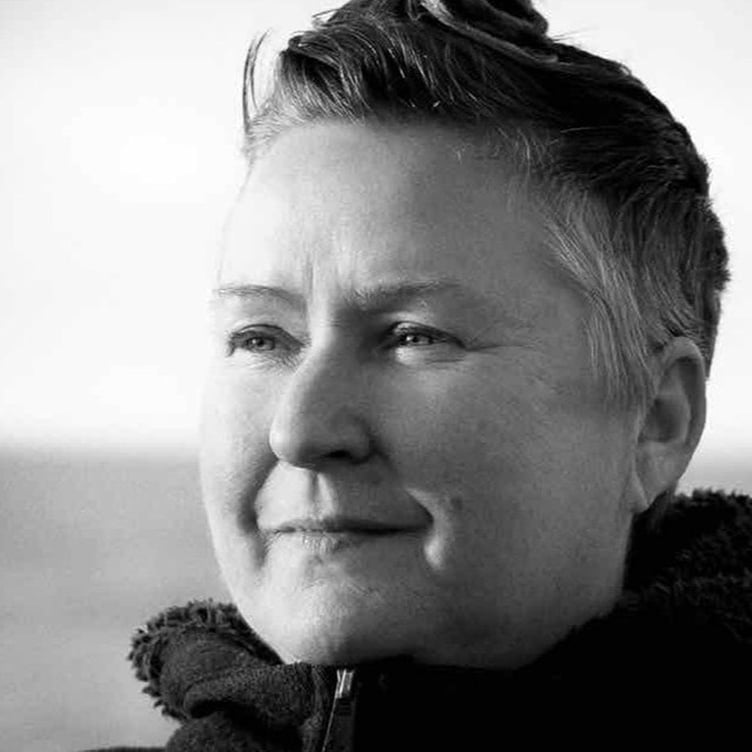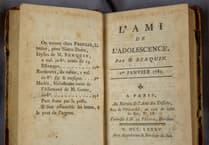John Wickens was a prolific photographer mainly associated with Bangor, and a collection of his works can be seen at a special exhibition at Storiel until Saturday (15 October).
Despite being born in the village of Keymer in West Sussex, Wickens met Elizabeth Williams, the daughter of the Bangor photographer and printer, John Williams and moved to the city.
The couple married and by 1889 he had taken over his father-in-law’s photography shop at The Crescent in Upper Bangor.
By 1895 he had opened the Retina Studio at 2 College Road, Upper Bangor and in 1903 records show he was the owner of both the Retina Studio and the Photographic Studio at 43 High Street, Bangor.
He was known as a portrait photographer, and won awards for his images, including a gold medal at the Swansea Eisteddfod in 1891.
In 1902 he was made an honorary member of the Gorsedd under the name Gwawl-lunydd.
Siân Gwenllian MS, who represents the area in the Welsh Parliament, recently visited the exhibition and urges local people to visit before 15 October.
“As someone who went to school here in Bangor and was brought up in nearby y Felinheli, which also appears in the exhibition, it was fascinating to learn more about the area’s past through the photos,” she said.
“During his career Wickens took several official photographs of local grandees such as Lloyd George and Henry Paget, the 5th Marquess of Anglesey. But more interesting are the photographs of local people going about their day-to-day lives.
“The social, economic, and cultural life of the area is captured perfectly.
“People have until 15 October to visit Storiel and enjoy a glimpse of days gone by at Bangor.”
Storiel said the exhibition presents a small selection of work by the photographer.
He was married to the daughter of the Bangor photographer and printer, John Williams.
By 1889 he is listed in the Suttons Directory of North Wales as one of four photographers working in Bangor as he had taken over his father-in-law’s business at 10 The Crescent, Upper Bangor.
Later he opened a new studio called the Retina Studio at 2 College Road, Upper Bangor and by 1903 he was also the owner of the Photographic Studio at 43 High Street, Bangor.
Some of his photographs were shown at exhibitions organised by the Royal Photographic Society at the Crystal Palace as well as at the art and craft exhibition at the National Eisteddfod.
In 1902 he was admitted as an honorary member of the Gorsedd under the name Gwawl-lunydd. During this Eisteddfod he had his first opportunity to photograph representatives of the Celtic nations.
John Wickens was commissioned to take a number of official photographs as well as portraits of local dignitaries such as David Lloyd George.
He also took many photographs that reflect local people’s everyday working and social lives as well as local landscapes.
Seen in the exhibition are some views of the city of Bangor and surrounding area along with official photographs of representatives of the Celtic Congress when they met at Caernarfon in 1904.
He died in 1936 aged 71 and local newspapers paid tribute to him as a “famed photographer”.
The photographs and original glass slides are part of Gwynedd Archive Service’s photographic collection.
The Celtic Congress: During the National Eisteddfod at Blaenau Ffestiniog in 1898 there was a discussion regarding the idea of forming a Pan Celtic Association which would include representatives from Wales, Ireland, Brittany, Scotland the Isle of Man and Cornwall.
The purpose of the Pan Celtic Association was to promote the culture and languages of the Celtic nations by holding events involving languages, native sports, music and national costume.
It would also be a way of fostering connections and encouraging co-operation between the nations.
The first Congress was held at Dublin in 1901 and the second at Caernarfon in 1904.
This congress came to a close with a concert that attracted an audience of over four thousand people.
But with the First World War on the horizon and the world changing quickly interest in this type of movement quickly faded.
The last congress was held in Edinburgh in 1907 and by 1913 the Pan Celtic Association had come to an end.
Storiel is open Tuesday to Saturday, 11am to 5pm.

-the-UKs-leading-biennial-exhibition.png?width=209&height=140&crop=209:145,smart&quality=75)



Comments
This article has no comments yet. Be the first to leave a comment.